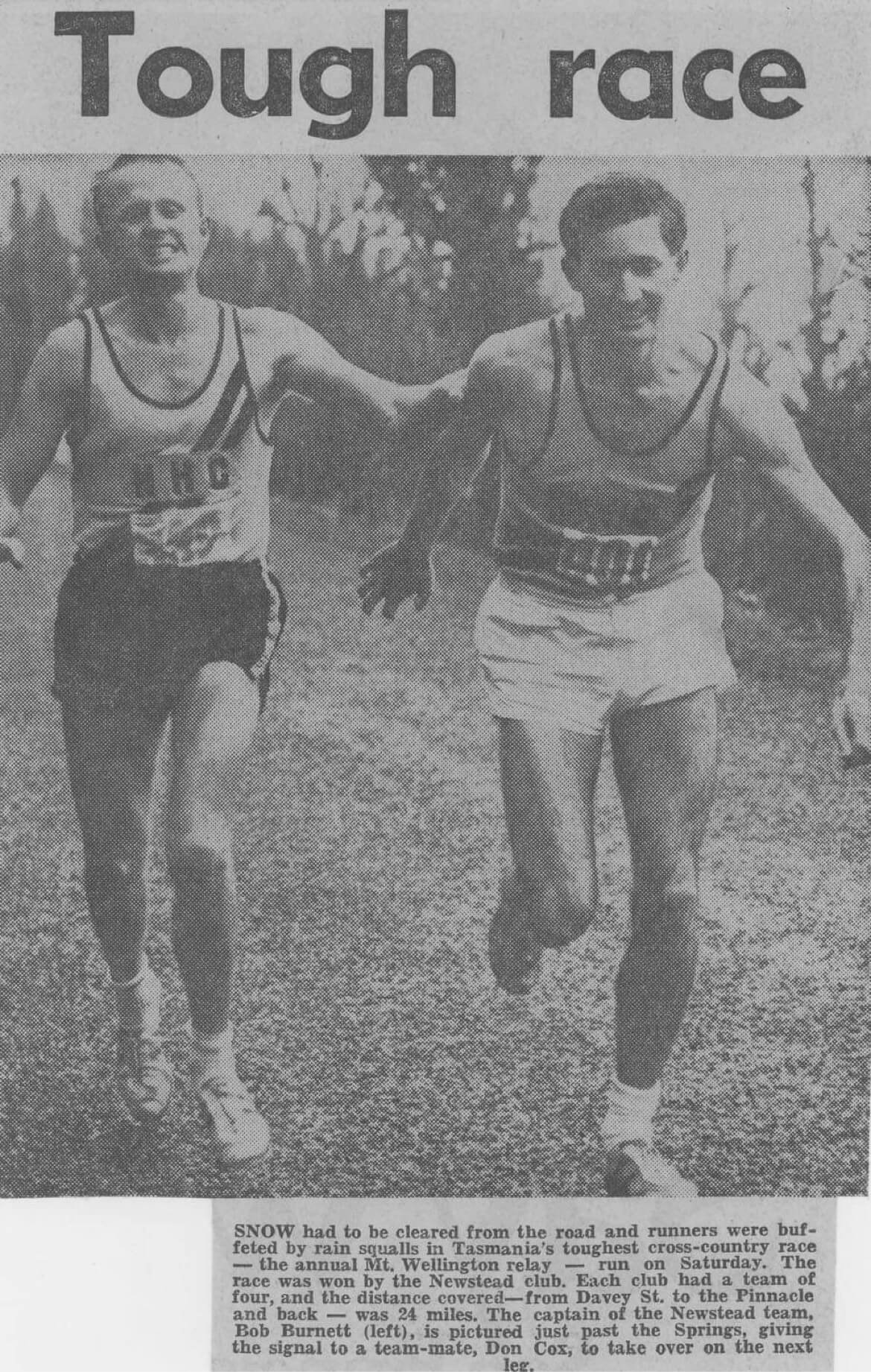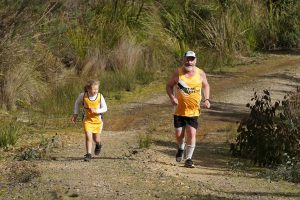Welcome to newstead athletics
Newstead Athletics is based in Launceston and affiliated with Athletics Tasmania. The club was established in 1933 making it the oldest club in the north, and the second oldest athletic club in Tasmania.
Track & Field
From October to March, our club competes in the Northern Athletics Interclub competition, culminating with competition in the Tasmanian state titles in Feb/March. Events are generally Wednesday evenings and Saturday afternoons. It’s a friendly environment with competitors from 10 to 100+ welcome. Relays are lots of fun. Training is held at the track several evenings, and we have coaching options for all ages and abilities.
Cross-Country
A Cross-Country season is conducted by Newstead Athletics from April to September on Saturdays from 1pm at venues in and around Launceston. We cater for all ages from 5 years to 100+ and are an inclusive club. Three distances are offered each week, and there are several competition opportunities built into the season, with regular participation and individual improvement rewards provided. All races are handicapped, providing everyone with a chance of winning regardless of ability. Come and join us for some fun and fitness in a friendly environment. Hang around after and partake in our famous post-event afternoon tea celebration.
XC School Series
Newstead Athletics runs a very successful School Series Competition each year as part of our cross-country program. The event format is designed to assist students in improving their physical fitness, socialising with students from other schools, having fun, preparing for other events/sports, and developing team skills. It includes our Northern All Schools Cross-Country Championship.
Club history
 These days Newstead is a bustling suburb of Launceston, but back in the 1930s, the area around the landmark Newstead Hotel was open paddocks. The Newstead boys in those days would gather in this area to play football, cricket, and put on running contests.
These days Newstead is a bustling suburb of Launceston, but back in the 1930s, the area around the landmark Newstead Hotel was open paddocks. The Newstead boys in those days would gather in this area to play football, cricket, and put on running contests.
Due to this interest in running, in 1933 a meeting was called to form a club to be known as the Newstead Amateur Athletic Club. Mr Ian Luck was elected club secretary.
The first race held was a 100 yards handicap. This was held on the oval at Scotch College and Mr Ted Archer, a teacher at the school, was the official starter. Later the club moved its activities to the Cornwall Cricket Ground.
All the events in the early years were track events over 100 yards and up to 1 mile. The only field event held was the high jump.
Cross-country meets were held during the winter months, on the roads and at Mowbray Racecourse (now known as Tasman Park). At this time, the horseracing was held on alternate weeks, so the venue was available for the cross-country every second week.
Relay events were very popular in the early years of the club, with runners completing journeys such as Launceston to Scottsdale or to Georgetown or Devonport. Often a message would be carried from the mayor of Launceston to the mayor of the other municipality.
In those days, there was no interclub competition, but clubs conducted their own mid-week handicaps, northern championships were also held as twilight meets, and the state titles were held over one day in Hobart and the following Saturday in Launceston. There were also many country carnivals held, which included running events.
During the 1940s and 1950s, the club had some very strong cross-country runners, such as Paddy Smith and Bill Emmerton, winning state titles. Emmerton is probably best known for his epic runs across Death Valley in the US, but in 1950 Emmerton was selected in the Australian team for the Empire Games to be held in New Zealand. This was the first time a Tasmanian had been selected for an Australian team since Bill Barwick (1932 Olympics) and Don Bonham (1938 Empire Games).

In the early 1950s, the Newstead club moved its track and field headquarters to York Park (now UTAS stadium) as the cricket ground was required exclusively for cricket.
In 1954 David Lean, a student at Launceston Church Grammar, won the national 440 yards hurdles championship without being a registered member of a club. He was then selected for the Australian team for the Commonwealth Games in Canada and subsequently joined the Newstead Harrier Club. In Canada, he won the 440 yards hurdles and was a member of the 4×100 yards relay team, which also won a medal. He also went on to compete in the 1956 Melbourne Olympics, finishing 5th in the hurdles and winning silver in the 4x400m relay and the 1958 Commonwealth Games winning silver in the hurdles.
During the 1960s, cross-country was based at the Relbia clubhouse. These days, Relbia is a popular semi-rural suburb, but in those days and well into the 80s, the area was ideal for cross-country events with many co-operative landowners providing a wide range of cross-country courses to choose from and the roads much quieter than they are now.
The club leased what was basically a large room with a fireplace, showers and outside toilets, which served the club very well as a clubhouse for over two decades. Each week the room would be filled with runners enjoying a sumptuous afternoon tea and the all-important “reading of the results.” The clubhouse was also the scene of many barbecues, trophy presentations and social nights and it was with regret that the club gave up the lease due to decreased usage of the venue, with the northern branch becoming involved in cross-country and holding events at other venues, increased vehicle usage of the roads and less access to the property for cross-country events. In 1967 the little Relbia clubhouse hosted the Australian Cross-Country championship, which was deemed highly successful and the course appreciated by all competitors.
It was also during the 1960s that exchange visits with Melbourne’s Malvern Harriers commenced. The tradition was again revived in the club’s 60th anniversary year with a group of Malvern Harriers flying to Launceston for a competition (the annual Malvern Handicap) and social activities.
In 1967, track and field competitions moved to White City (primarily a greyhound track and soon to be a housing sub-division).
In 1975, the Newstead Harrier Club conducted the Australian Marathon Championship on country roads near Cressy. It was also in the mid-1970s that that track and field competition for men moved to Churchill Park, the former tip site, with its undulating 100m straight (now Heritage Forest). The women competed at York Park.
Eventually, the men’s and women’s associations amalgamated and the Newstead Club began registering women. By this stage, club competition nights ceased as more athletes began doing their own training during the week and racing on Saturdays.

Interclub competition for men and women moved to St Leonards in the 80s on a black rubberised bitumen track which was later resurfaced with the red synthetic surface now in place. Newstead Harriers have returned to how it all began in the early years, conducting their own cross-country programme for the last three years.
In 2012, Newstead Harrier Club changed its name to Newstead Athletics.
Over the years, many athletes, coaches and officials have contributed to making Newstead Athletics a strong club with much tradition and club spirit behind it. Anyone who enjoys athletics can be a part of it.
